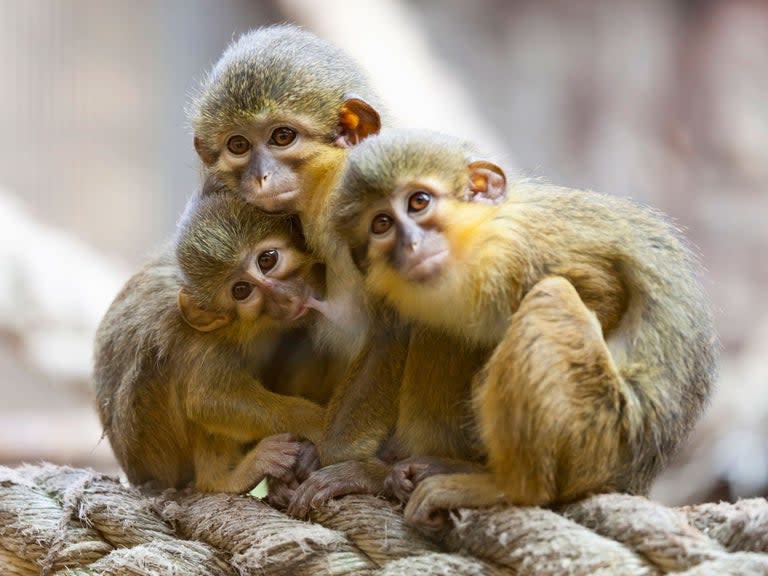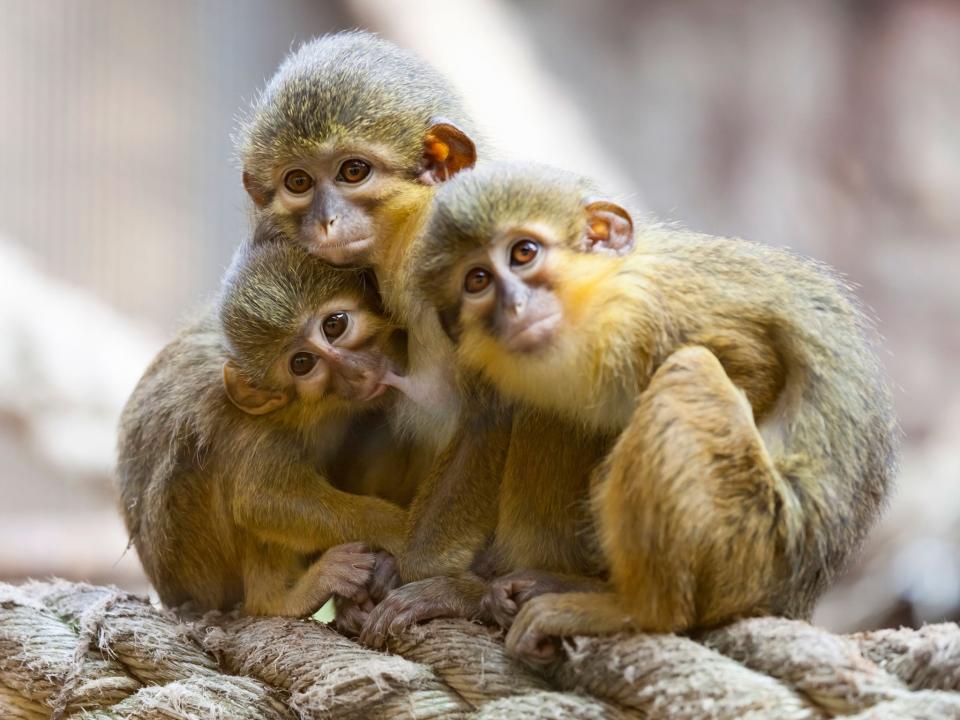Tiny 4.2 million-year-old monkey discovery casts new light on evolution
The discovery of a tiny monkey which weighed no more than a pineapple may change scientists’ understanding of how primates evolved.
Researchers working in Kenya have found a 4.2 million-year-old fossil of a miniature monkey which only weighed one kilogram.
The newly discovered species, Nanopithecus browni, is the same size as the world’s smallest Old World monkey, the talapoin.
But unlike the tiny talapoin, which lives exclusively in tropical forests in west central Africa, the N browni was found in Kenya, on the eastern side of the continent, in a vastly different landscape.
The dry grassland Kenyan habitat that N browni lived in 4.2 million years ago is also where some of the earliest human ancestors’ fossils have been discovered.
Fredrick Kyalo Manthi, from the National Museums of Kenya, said the discovery of the tiny monkey underlined how environmental changes may have changed how guenons – the family of monkeys which includes both talapoins and N browni – evolved.
Guenons are commonplace across Africa today, but most are much larger than N browni.
It was previously thought guenons evolved to become bigger or smaller depending on how ancient forest habitats broke up or became re-established.
Modern-day talapoins are believed to have evolved to become smaller and smaller from larger ancestors in response to life in heavily wooded, swampy habitats.
But the newly discovered pint-sized fossil in Kenya shows how the dwarfing of some species of guenon happened much earlier than previously thought, and in very different habitats from what was expected.
The intriguing discovery was made by scientists from the National Museums of Kenya, and the Universities of Arkansas, Missouri and Duke.
Mr Manthi said: “The discovery of Nanopithecus browni reaffirms Kenya’s contribution to understanding the evolution and diversity of Pliocene fauna and the environmental contexts in which they lived.
“Environmental changes during the Plio-Pleistocene may have influenced the present-day distribution of guenons.”

 Yahoo News
Yahoo News 

